Best Jerky Brine Recipe: Complete Step-by-Step Guide
Here's the ultimate jerky brine recipe that guarantees tender, flavorful results every time. This proven formula balances salt, sugar, and spices for perfect jerky in just 24 hours:
Perfect Jerky Brine Recipe (For 1-2 lbs of Meat)
- 4 cups cold water
- 1/4 cup kosher salt (not table salt)
- 1/4 cup brown sugar (dark for richer flavor)
- 1 tbsp freshly ground black pepper
- 1 tbsp garlic powder (not granulated)
- 1 tbsp onion powder
- 1 tsp liquid smoke (hickory recommended)
- 1 tsp crushed red pepper flakes
- 1 tbsp soy sauce (low sodium)
- 1 tbsp Worcestershire sauce
- 1 tbsp apple cider vinegar
Exact Instructions for Perfect Results
- Combine all ingredients in a non-reactive bowl, stirring until salt and sugar fully dissolve
- Place 1/4-inch thick meat slices in a resealable bag or container
- Pour brine over meat, ensuring complete submersion
- Refrigerate for exactly 12 hours (8 for thin cuts, 24 max)
- Remove meat, pat dry thoroughly with paper towels
- Dehydrate at 160°F for 4-6 hours until leathery but not brittle
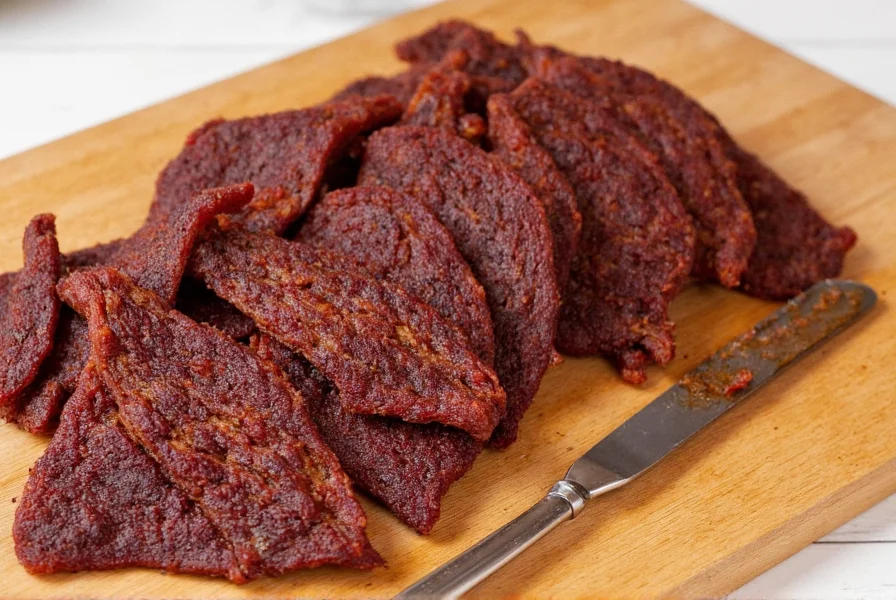
Why This Brine Recipe Works Better Than Others
Most jerky recipes fail because they miss critical brining science. Our formula succeeds by balancing four key elements:
- Optimal salt concentration: 6% solution preserves without oversalting
- Controlled acidity: Apple cider vinegar tenderizes without cooking meat
- Proper sugar ratio: Brown sugar caramelizes during drying for depth of flavor
- Layered seasonings: Powdered spices penetrate better than whole herbs
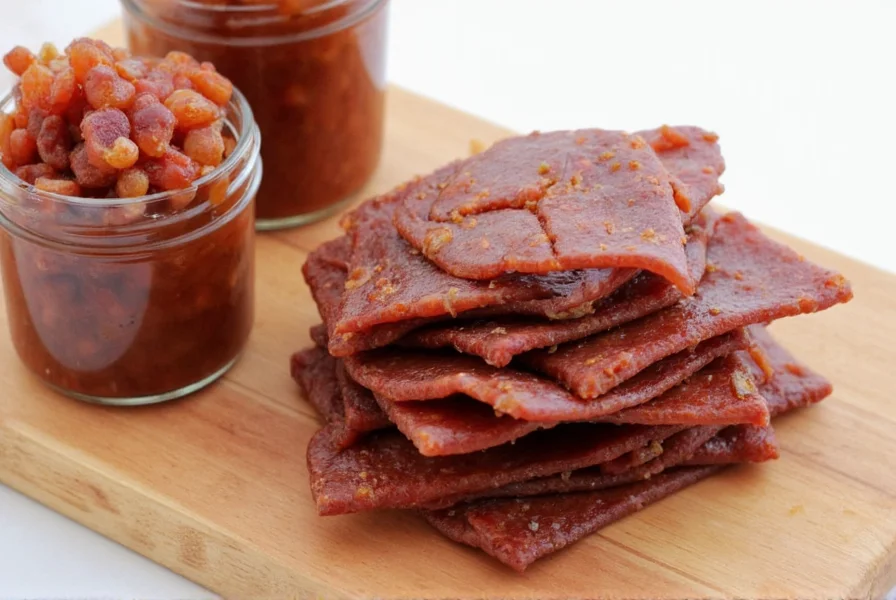
Step-by-Step Brining Process Explained
Understanding the science behind each step ensures perfect results:
| Step | Time Required | Critical Success Factors |
|---|---|---|
| Brine Preparation | 5 minutes | Use cold water; dissolve salt/sugar completely before adding other ingredients |
| Meat Selection | N/A | Choose lean cuts (top round, flank steak) with minimal fat marbling |
| Brining Time | 8-24 hours | 12 hours ideal for 1/4" slices; never exceed 24 hours |
| Drying Process | 4-6 hours | Maintain 160°F; rotate trays hourly for even dehydration |
Critical Mistakes That Ruin Homemade Jerky
Avoid these common errors that cause tough, bland, or unsafe jerky:
- Using table salt instead of kosher: Table salt's anti-caking agents create bitter flavors
- Over-brining: More than 24 hours makes jerky unpleasantly salty and spongy
- Inconsistent slicing: Varying thickness causes uneven drying (use meat slicer for 1/4" precision)
- Skipping the pat-dry step: Surface moisture prevents proper dehydration
- Drying at incorrect temperature: Below 160°F risks bacterial growth; above 175°F causes fat rendering
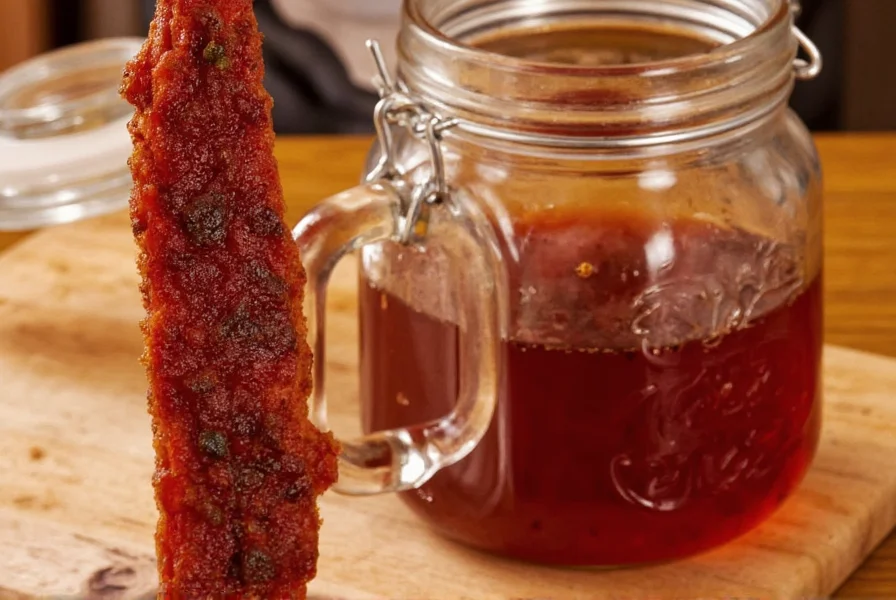
Proven Variations for Different Protein Types
This base recipe works for all proteins with these specific adjustments:
| Protein | Brine Adjustments | Drying Time | Special Notes |
|---|---|---|---|
| Beef | Use as written | 4-6 hours | Ideal for top round or flank steak |
| Venison | Add 1/4 cup red wine | 3-5 hours | Compensates for leaner meat |
| Chicken | Reduce salt to 3 tbsp | 3-4 hours | Cook to 165°F internal temperature |
| Salmon | Replace sugar with honey | 2-3 hours | Use cedar plank for smoking effect |
Scientifically-Backed Brining Principles
Understanding these principles helps troubleshoot any jerky issue:
- Osmosis effect: Salt solution draws moisture from meat, then reintroduces seasoned liquid
- Protein denaturation: Acid in vinegar breaks down tough fibers without cooking meat
- Maillard reaction: Sugar caramelizes during drying, creating complex flavor compounds
- Water activity: Proper drying reduces water activity to 0.70 or lower for safe preservation
Storage Methods That Extend Shelf Life
Follow these food safety guidelines for maximum freshness:
- Room temperature: Store in airtight container with oxygen absorber for 1-2 weeks
- Refrigeration: Extends shelf life to 2 months when stored below 40°F
- Freezing: Maintain quality for 6 months in vacuum-sealed bags
- Never store: In plastic bags without drying completely first (causes mold)
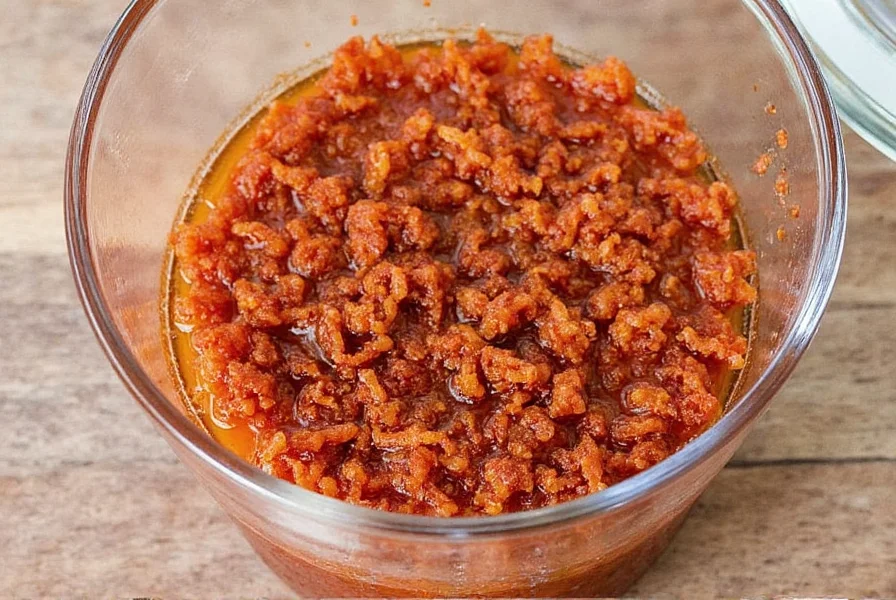
Frequently Asked Questions: Expert Answers
What's the exact salt-to-water ratio for perfect jerky brine?
The ideal concentration is 6% salt by weight (approximately 1/4 cup kosher salt per 4 cups water). This prevents bacterial growth while maintaining tender texture. Measure by weight for precision: 27g salt per 450g water.
Can I make this brine without liquid smoke?
Yes, but you'll miss critical flavor complexity. For authentic smoke flavor without liquid smoke: add 1/2 tsp smoked paprika and dehydrate near a wood-burning stove (not directly over flames). Alternatively, use 2 tbsp strong brewed coffee as a natural smoke substitute.
Why is my jerky still moist after 6 hours of drying?
This typically happens when meat slices exceed 1/4-inch thickness or when humidity is high. Solution: slice thinner, increase temperature to 165°F, and ensure proper airflow by rotating trays hourly. Finished jerky should crack but not break when bent.
How do I prevent jerky from becoming too tough?
Toughness comes from over-drying or insufficient brining. Always: 1) Brine minimum 8 hours, 2) Remove from dehydrator when still slightly pliable (it will continue drying at room temperature), 3) Store with a slice of bread to maintain ideal moisture level for 24 hours before final packaging.
Is sugar necessary in jerky brine?
Yes, sugar plays multiple critical roles beyond sweetness: it balances saltiness, participates in Maillard browning reactions, and helps preserve texture. For sugar-free versions, replace with 2 tbsp sugar-free maple syrup and add 1/2 tsp xanthan gum to maintain texture.
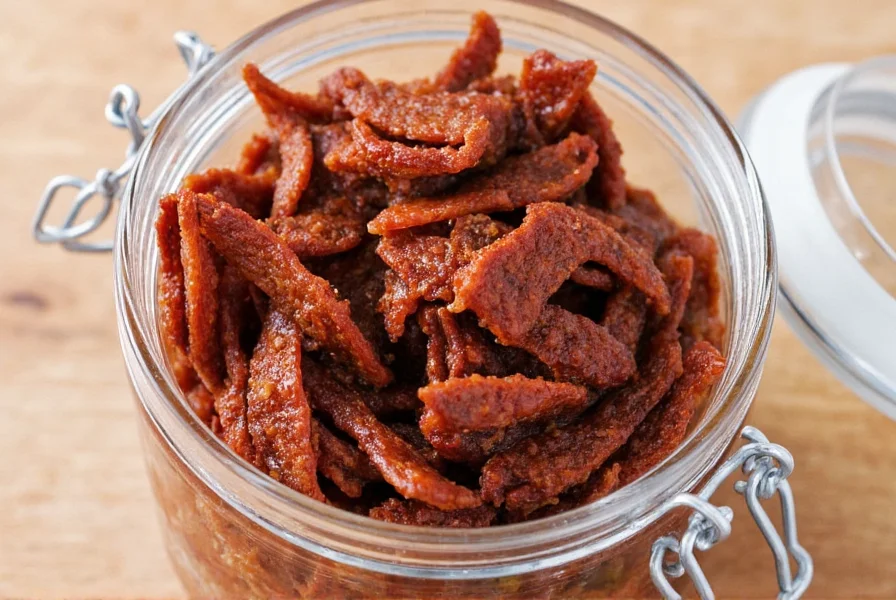
Advanced Technique: Vacuum Tumbling for Maximum Flavor
For restaurant-quality results, use this professional method:
- Prepare brine as directed
- Place meat and brine in vacuum bag
- Use vacuum tumbler for 20 minutes at 25Hg
- Refrigerate 4 hours (not 12) for complete penetration
This technique forces brine deep into muscle fibers, cutting brining time by 60% while doubling flavor intensity. Home alternative: use a marinade injector to manually introduce brine into thicker cuts.

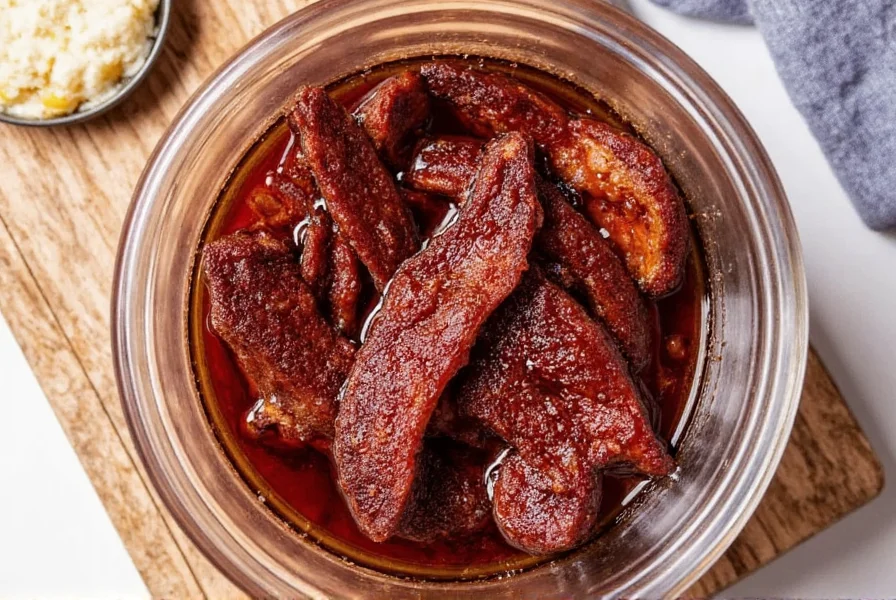









 浙公网安备
33010002000092号
浙公网安备
33010002000092号 浙B2-20120091-4
浙B2-20120091-4